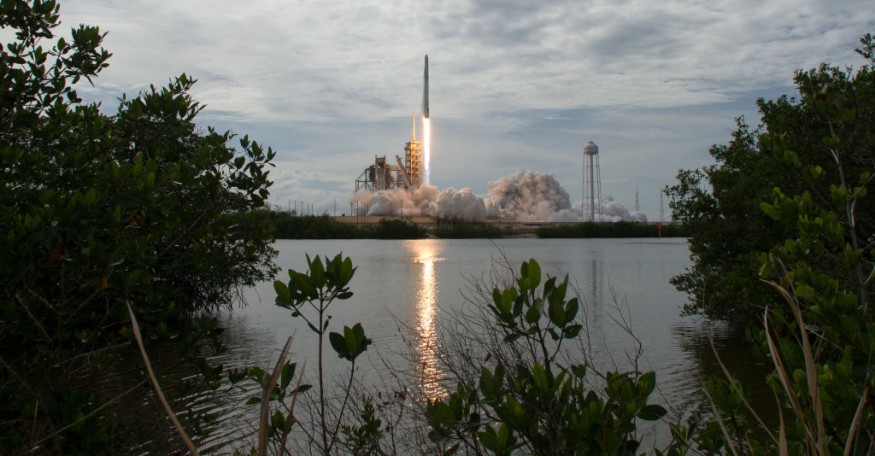The third high-altitude Starship prototype from SpaceX appears to have successfully ignited its Raptor engine trio for Starship serial number 10 (SN10). Will it increase the chances of another launch and landing attempt later this week?

SpaceX attempted to make around SN10 and its launch facilities for a second try 24 hours later, following a previous attempt aborted before propellant loading began on Feb. 22.
ScienceTimes reported SN9's follow-up flight encountered several painful delays last month due to the FAA issues following SN8's flight and crash landing in December.
Earlier this week, FAA ended its investigation into SpaceX's crashed prototypes. Starship SN10 likewise bypassed the same horrible outcome and ignited its Raptor engines without apparent problem.
Space.com said static fires is a typical preflight checkout for SpaceX. Engines temporarily flame as a rocket remains fixed to the planet. If SN10 remains on schedule to launch shortly on a 6-mile-high (10 kilometers) demonstration flight into the South Texas skies, maybe they'll do the fly tests as early as Thursday (Feb. 25).
SpaceX SN10 Test Fire: Was it Successful?
Of note, if the evaluation was genuinely successful remains to be seen. Long-distance, outside-looking-in statements leave little or no room for nuanced interpretation, and it can be too simple to pinpoint with the naked eye the variation between a good and a bad test.
SpaceX's fan, Boca Chica Gal (@BocaChicaGal), likewise spotted SN10 undergoing test fires before the official test launch. Musk claimed they would be implementing the "pull up" for its next landing maneuver.
Starship SN10 static fire! Hopefully, it was a great test. 🔥🚀🔥@NASASpaceflight pic.twitter.com/J6cVUypRgY
— Mary (@BocaChicaGal) February 23, 2021
The third high-altitude Starship prototype from SpaceX appears to have successfully ignited its Raptor engine trio, increasing the chances of another launch and landing attempt later this week.
After a quick, bug-free test flow, Starship SN10 fired up all three of its Raptor engines. Simultaneously, that single static fire served as the first wet dress rehearsal (WDR) of the massive steel rocket with live (and flammable) liquid methane and oxygen propellant, making such a clean flow much more impressive and encouraging.
SpaceX SN10 Test Fire: Why Were The Residents Given A Standard Safety Alert?
Meanwhile, one of Boca Chica Village's last remaining residents told Teslarati that they received a standard safety 'alert' distributed by SpaceX about 40 minutes after the static fire of SN10. During Starship static fire testing, those alerts serve as reminders for residents to stay away from their homes' windows to reduce the likelihood of accidents if the given test goes wrong and a vehicle blows up.
Over the coming weeks and months, we'll presumably see even more Starship test flights, no matter how SN10's launch goes. Musk recently said SpaceX is preparing to send a prototype to Earth orbit this year, and he expects to move people to Mars using Starship by 2023.
RELATED ARTICLE : Will Elon Musk's SpaceX Finally Send Humans To Mars After NASA Sent Five Rovers to Mars?
Check out more news and information on Space on Science Times.











